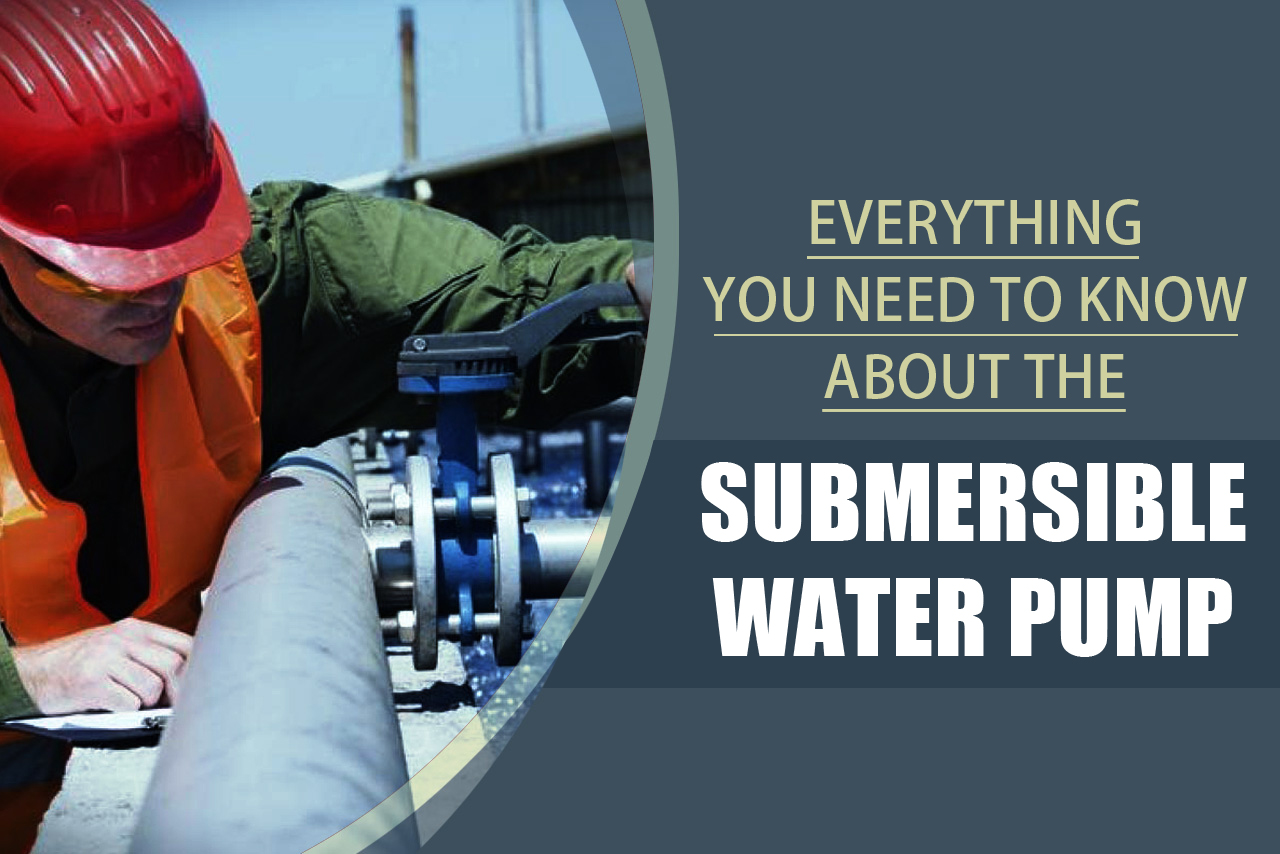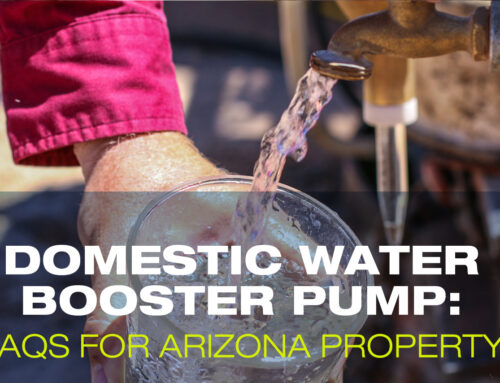Some treasures can only be acquired if you dig deep.
With the increase in human population and other factors, fresh drinking water has become a very valuable resource. Between the year 2000 to 2050, global water demand is projected to increase by 55%. Future-minded homeowners have come to rely on private wells for their water supply.
But in dry and rocky Arizona, well water can be extremely deep. Among the different types of well pumps, the submersible water pump is the best choice for deep wells.
Here are some interesting facts about the submersible well water pump.
The Motor Is Hermetically Sealed
Like submarines, the submersible pump is designed to operate underwater. The pump is still driven by an electric motor though so you need to shield it from water.
The motor is commonly sealed in a compartment filled with oil. It’s also close-coupled to the body of the pump.
How a Submersible Water Pump Works
The submersible well pump is a type of centrifugal pump that operates in a vertical position. While submerged, it pushes water to the surface using rotary energy. The motor turns the impeller which propels the fluid through the diffuser.
In the diffuser, the kinetic energy is converted to pressure energy. This is how the pump brings the water to the surface.
It’s Very Efficient
The location of the pump is the reason for its efficiency. Since it’s submerged in water, water pressure naturally pushes the water into the pump.
This saves a lot of energy because the submersible pump only has to push the water to the surface. This is in contrast to jet pumps that need to suck in water before they can transfer it to another location.
This efficiency is one of the main reasons why submersible pumps are your best option for deep wells.
Another unintended benefit of being underwater is that the pump is very quiet. The water also serves as a natural coolant preventing the motor from overheating.
It’s Self-Primed
Centrifugal pumps require a priming step before they’re fully operational. This is done to evacuate the air and to fill the pump with fluid. Without this priming step, the internal components can be damaged.
While some pumps are capable of self-priming, the submersible pump doesn’t need this step. Being submerged, the pump is not exposed to the atmosphere and air can’t enter. It’s already self-primed in the sense that it’s already filled with water.
It’s Less Prone to Cavitation
Again air is the primary culprit. Due to changes in pressure inside the pump, some of the liquid can turn into vapor. Air bubbles form resulting in a cavity at the related part.
Pump cavitation can lead to inefficiency, pump failure, and parts damage.
Unlike above-ground pumps, the pressure inside submersible pumps is mostly constant. Cavitation has a very low chance of happening.
Keep on Pumpin’
The submersible water pump is very efficient and associated with fewer problems. It doesn’t require much maintenance on your part and can last for up to 25 years.
But there’s one thing that you can do as a homeowner to make sure that the submersible pump continues its smooth run — schedule a well-system inspection with the professionals at Empire Pump. Talk to us today.
___________________________________________________
Have questions or need support with your submersible well pump? Empire Pump is one of the top, most trusted submersible well pump companies in AZ providing residential and commercial services. Call 623-582-5069 today!






